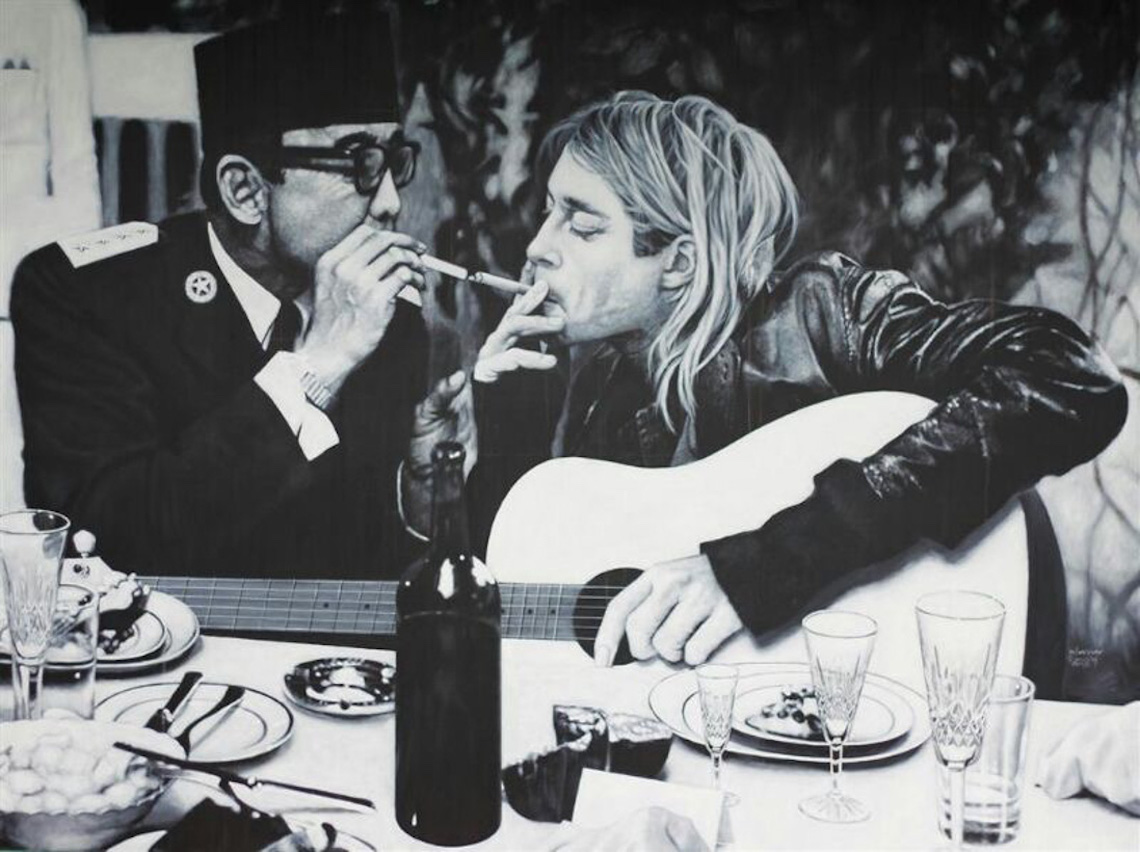
Posted: June 9th, 2016 -
Category: Interviews, Voices
“A good artist copies, but a great artist steals”
In discussion with Indonesian artist Iskandar Fauzy
Tell me a little bit about yourself.
Well, my name is Iskandar Fauzy and I am an acrylic painter. I started painting 7 years ago after working as an interior designer. Through my practice I would say that I search for something I don’t have. There is a saying by Pablo Picasso which states “a good artist copies, but a great artist steals.”

I am inspired by masters like Picasso and Braque but not because of the visuality of their work. I am inspired by them because of their process and the way in which they manifest their creativity. In Picasso’s work it is obvious to see how, and when, his experiences affected his creative practice. As a viewer, and fellow artist, I am interested in the way we perceive his work and are able to understand the environment of his time. What I understand from his work is that he was selfish with a strong character. He stole motives, subject matters, and other things from his contemporaries, and yet has managed to become one of the most prominent artists in history.
Do you think people experience a similar reaction when confronted by your work?
What’s important to me in my work is not that people know what I may be thinking while making it. I am actually open to the idea of people truly understanding my paintings after my time. My paintings have deeper meanings but what I want my viewers to see first-hand is something simple and familiar. Good ideas are hard to find and they definitely don’t come along every day.
What is your process?
I would say that my background definitely affects the way in which my paintings come alive. First of all, I digitally design my paintings till they reach a point that I am satisfied with the composition and layout. They are then crossed over to canvases and painted. My works are roughly 1.5 x 2m and on average take about two weeks to complete. The duration is variant on the subject and my intention.
I love history and the development of my country, Indonesia. In the painting for instance of J.F. Kennedy taking a selfie with Marilyn Monroe, the subjects may be well-known icons of the world but the meaning lies deeper within my country. Our new president, Joko Widodo, loves selfies and that’s how rumours begin. The work acts as a direct reference to our president.
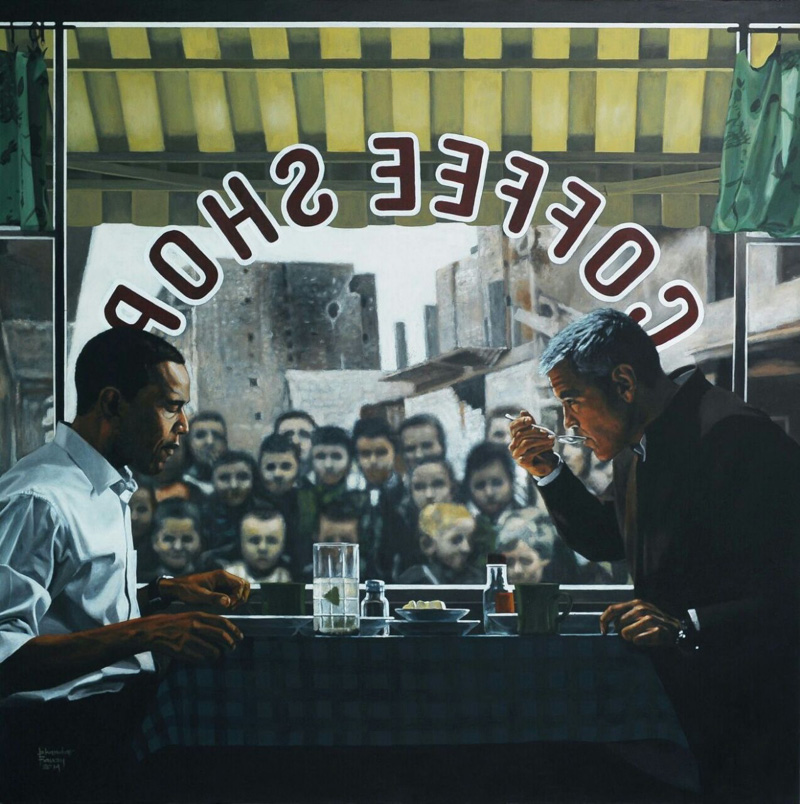
Would you say your work is political?
No I wouldn’t say so. I would say that my work focuses on topics that are interesting.
What would you define as interesting?
Anything unique or with historical connotations. In my piece titled ‘Come as you are,’ which depicts Kurt Cobain and Sukarno (Indonesia’s first president), the message lies both in the name of Cobain’s hit selling song, but also acts as a reference to the president. You shouldn’t worry as much about your image, rather, be great as who you are. If you want to smoke, you should smoke. If you want to be a great musician, be a great musician, just like Cobain.
Was the switch from design to fine art easy?
Not at all. When you transition into the fine arts, and in my case more specifically to painting, it cannot be approached as a part-time endeavor. I needed to commit myself to it and remain focused. When I decided to switch I had a young son, so my professional transition was a risk. As a young painter, no one knew me, and yet I had to make an income. It was definitely hard.
Do you have recurring themes in your work?
I have referred to certain subjects multiple times, and even incorporated my own paintings in newer works before. The reason is that I occasionally find that the message I am trying to convey isn’t clear enough in just one so I reconstruct it. Each time I repeat a certain subject it is contextualized differently, so in essence the visual changes.
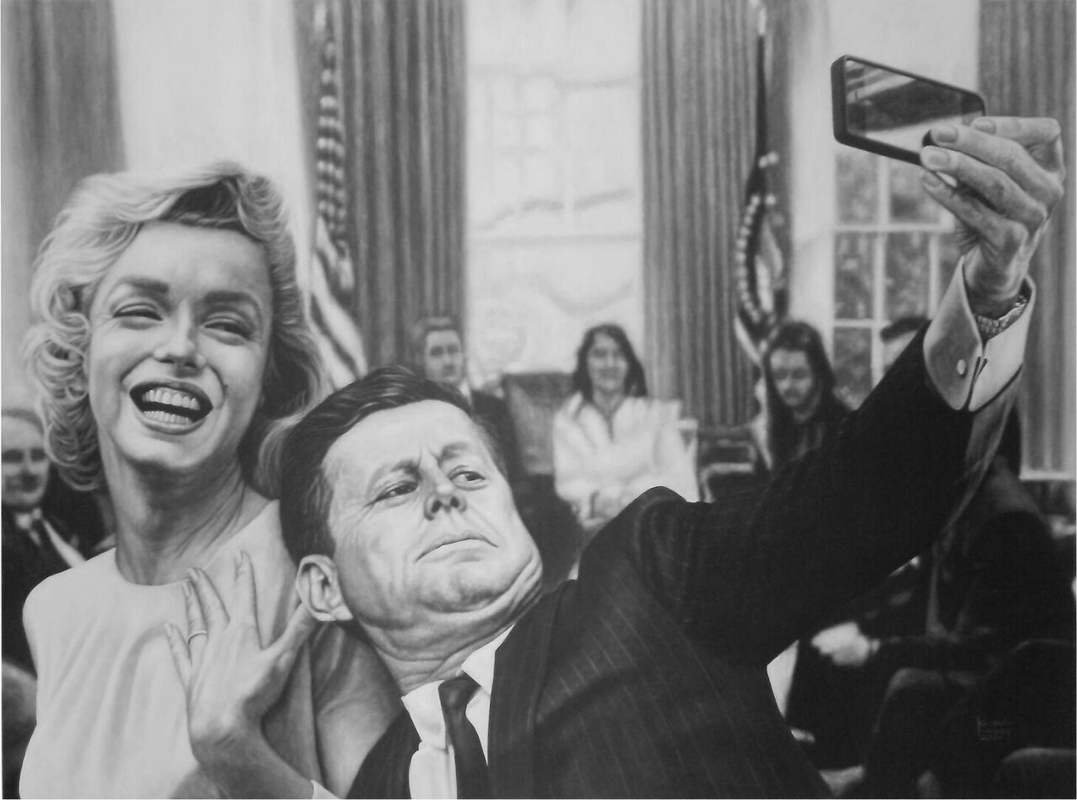
You mentioned that one of your paintings is named after a Nirvana song “Come as you are.” Do your works always have titles?
I always name my works. Untitled paintings remove part of the experience from an artwork. When you are experimenting with color or technique, or making preliminary studies, it is alright not to name your works. But when you are creating a much more ‘completed’ piece, the title acts as a form of acknowledgement on behalf of the artist. If the artist can’t even name his own creation, then how can he explain the work at all?
Do your works gain their name at the end?
It changes every time. Sometimes it just comes to me mid-way. It really just depends on how I’m reacting to the piece and what I’m thinking of while creating it. Sometimes a title helps clarify the story behind the work, not just for me but also for the people viewing it.
© Copyright: Iskandar Fauzy





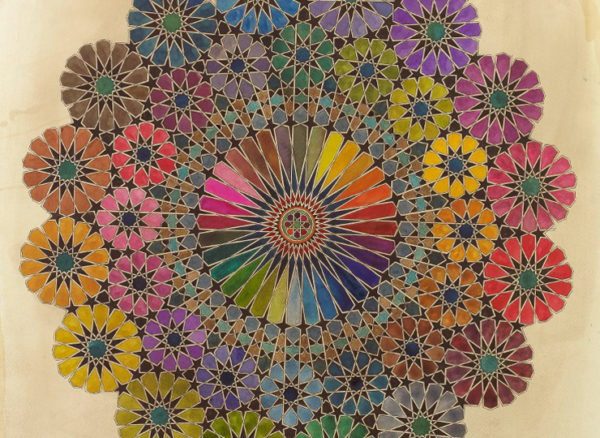

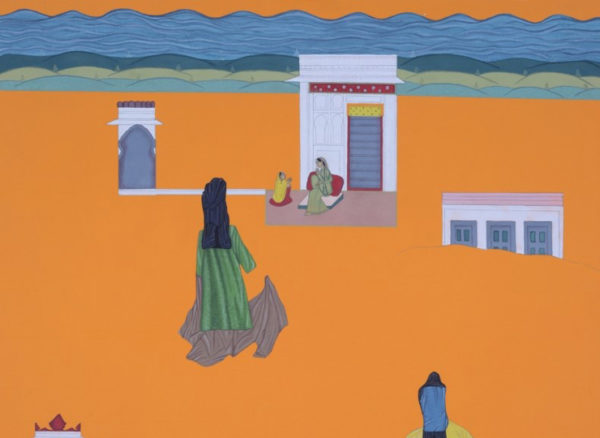
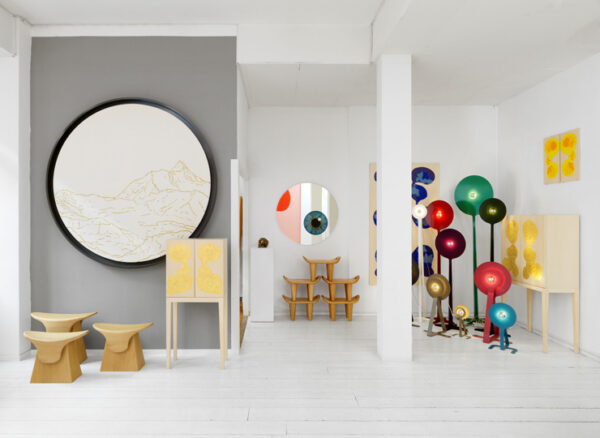

Comments